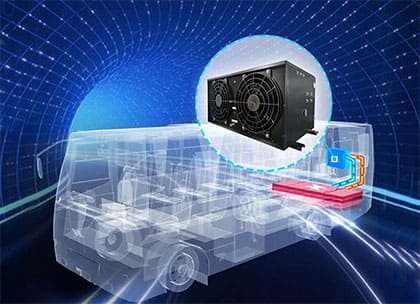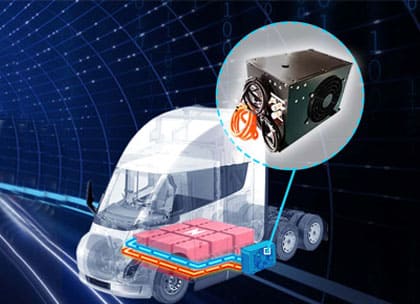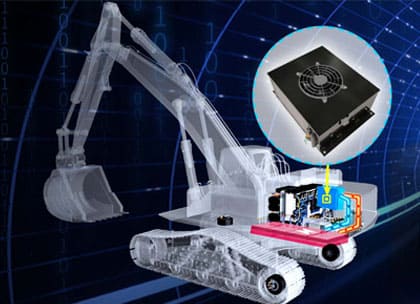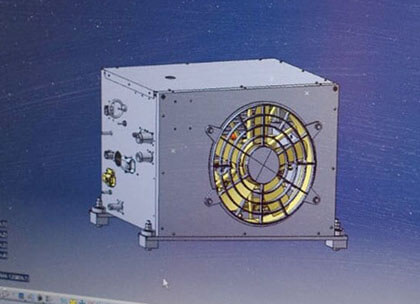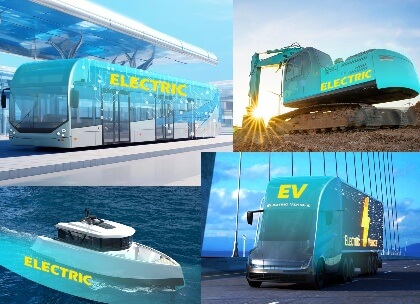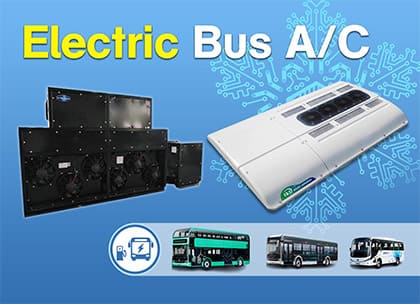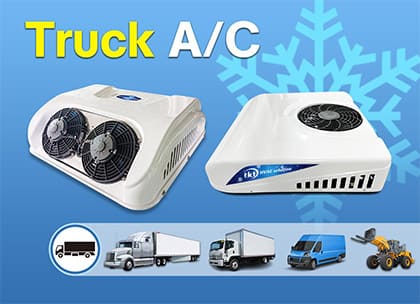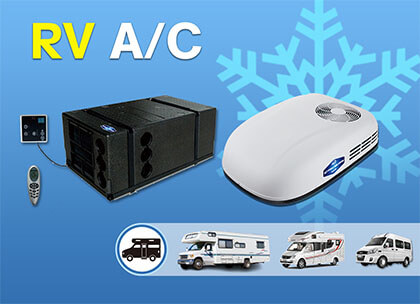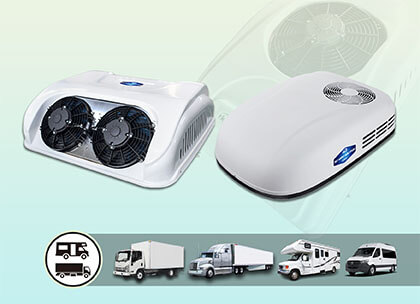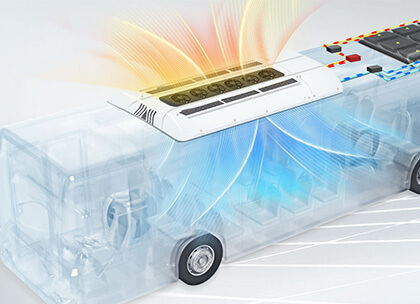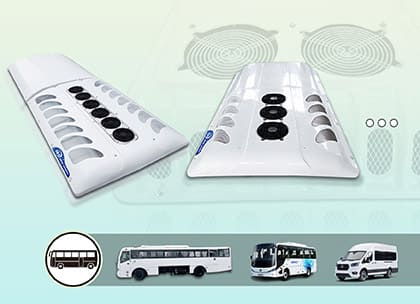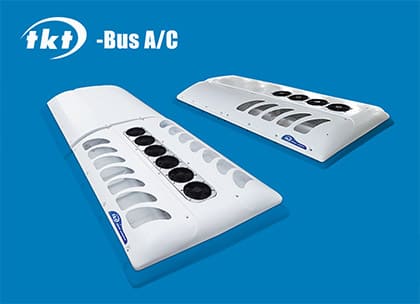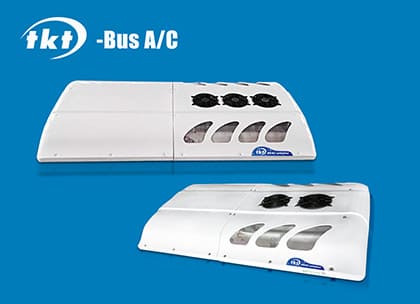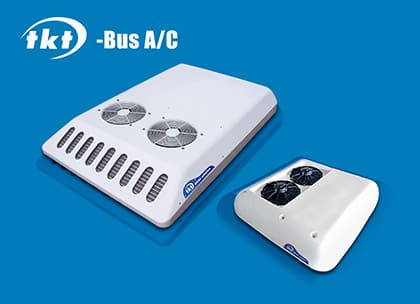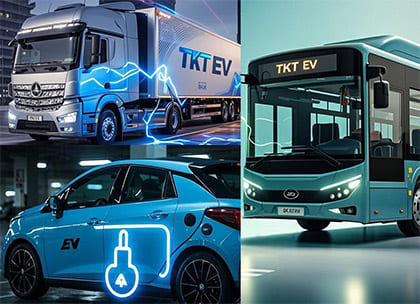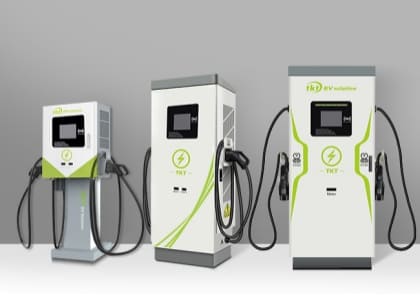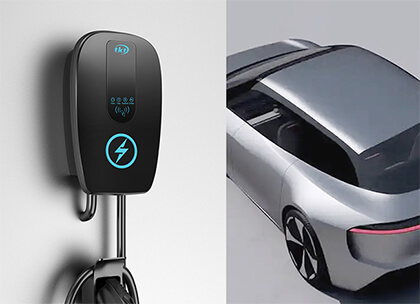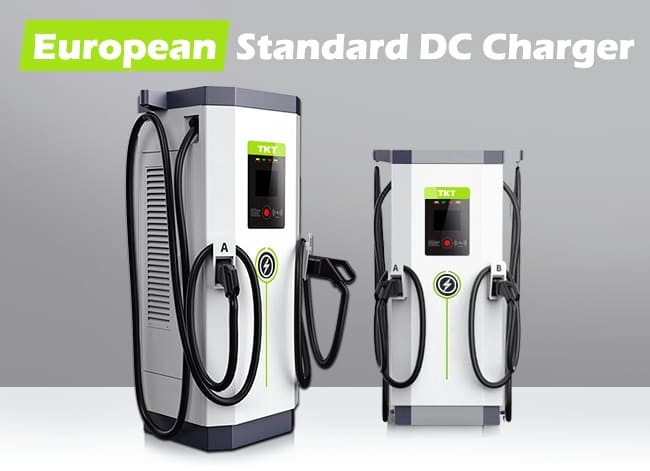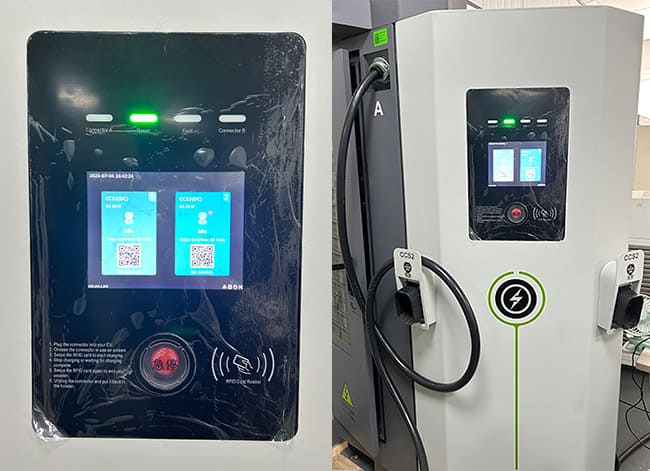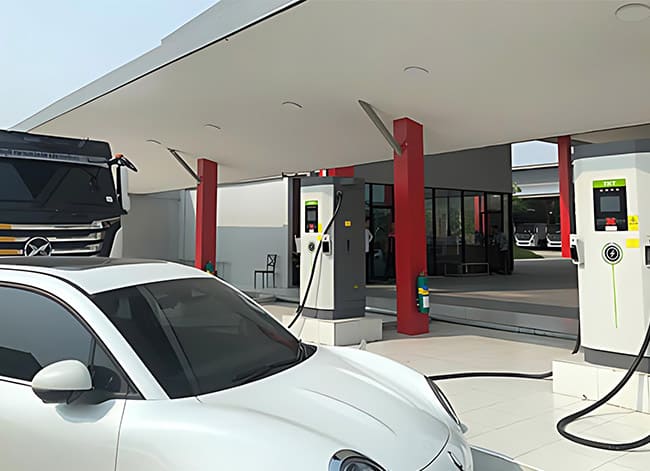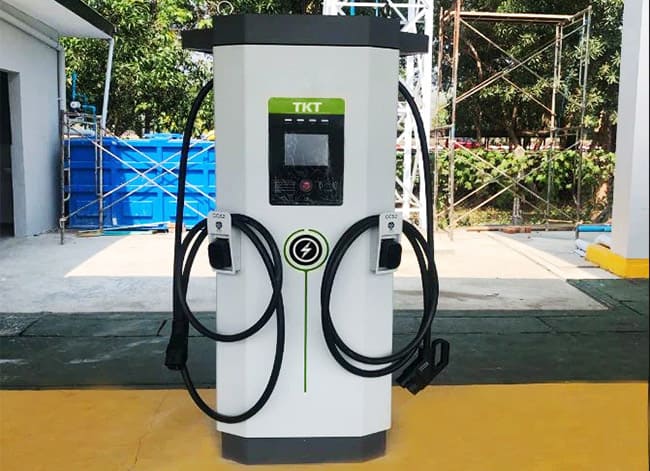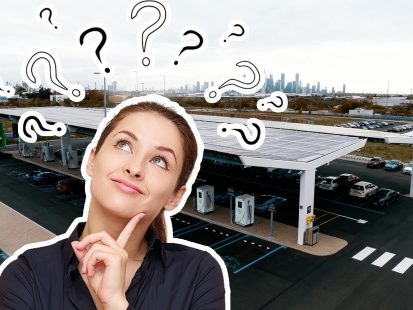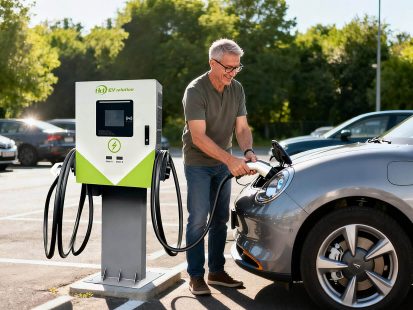DC Fast Charger Overview
This DC Fast Charger can charge two EVs at the same time and intelligently distributes the charging power with its dynamic load balancing feature. This improves the utilization of charging power and increases profitability. It belongs to our high-end DC Fast Charger, which complies with EU standards from the inside out in terms of individual modules and materials. Therefore the quality and texture of the product is even better. The protection level is also higher. The relative cost is also more expensive. But it is worth every penny.
The two charging connectors support a wide selection of standards: CCS1 / CCS2 / CHAdeMO / GBT.
TKT DC Fast Charging Stations have a wide range of charging solutions. The products have been exported to more than 40 pays du monde. En particulier, it has formed long-term and stable cooperative relationships with well-known companies such as BYD and Tata Motors.
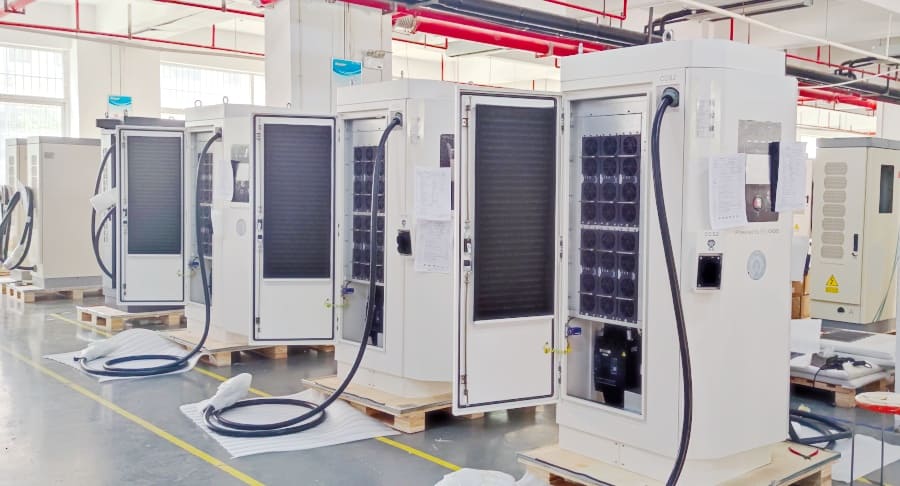
DC Fast Charger Factory
EU-Compliant DC Fast Charger Feature
1. Compatible with OCPP1.6 and OCPP2.0 open charging protocol.
2. The cloud platform service system integrates Ethernet and 4G communication to realize billing, settlement, report statistics, equipment maintenance, remote monitoring and management.
3. Mobile phone App can realize functions such as positioning, code scanning charging, real-time inquiry, etc., and support various payment methods such as credit card.
4. Perfect security design. With real-time detection and safety protection, equipment abnormal pre-diagnosis, Protection indépendante de la sécurité indépendante et autres fonctions. Niveau de protection IP55. With over-temperature protection, protection de court circuit, protection contre les fuites, battery anti-reverse connection and other protection functions.
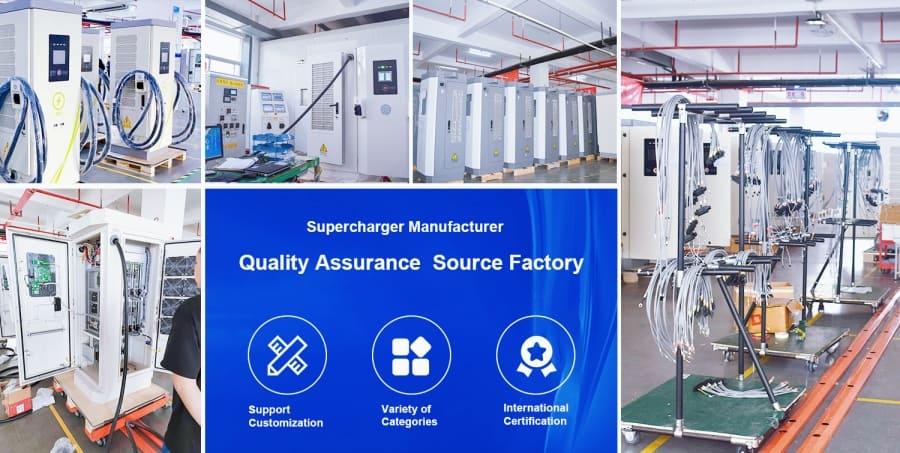
TKT DC Fast Charger Advantages
1. Protections multiples: protection complète pour les véhicules, les personnes et le matériel.
2. Conception modulaire: La mise à niveau et la maintenance sont flexibles et simples.
3. Chargement rapide: Pour les véhicules électriques courants, le temps de charge ne prend que 30 à 60 minutes.
4. Équilibrage de charge dynamique: améliorer l'efficacité de la charge et l'utilisation de la pile de charge.
5. Système de gestion avancé: facile à utiliser pour les clients. Les données du manager sont claires.
6. Des centaines de brevets: excellente qualité, prix abordable.
En savoir plus sur le 6 avantages
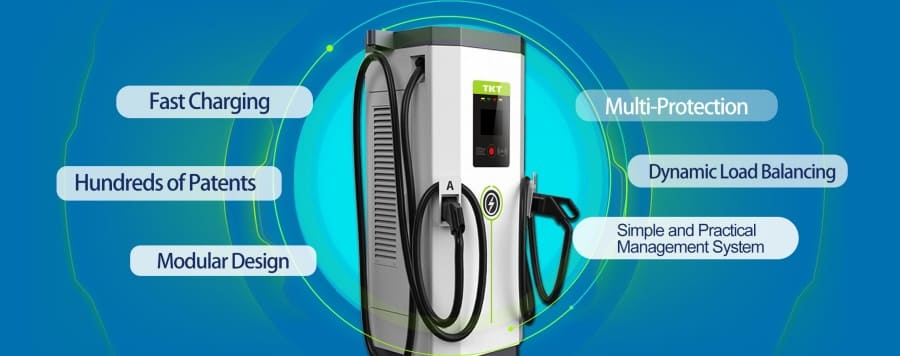

TKT DC Fast Charger Specification Table
N'hésitez pas à laisser un message E-mail:md@tkt-hvac.com et laissez nos experts vous conseiller. Nous prenons en charge la personnalisation OEM. (Scroll right to view the full content on mobile)

Connecteur de chargeur CC
| Pouvoir (kW) |
60kW / 90kW / 120kW / 150kW / 180kW / 200kW / 240kW / 300kW / 360kW |
| Tension d'entrée |
3-Phase 400V/440V/480V+15% CA |
| Fréquence de travail |
45-65HZ |
| Charging Interface |
CCS1 / CCS2 / CHAdeMO / GBT *2 |
| Facteur de puissance |
≥0,99 |
| Efficacité |
≥94 % |
| Screen Size |
8” Écran tactile LCD
(Maximum brightness above 800nit) |
| Support Language |
Chinois, Anglais, russe, D'autres langues prennent en charge la personnalisation |
| Paiement |
APPLICATION mobile / RFID / PDV |
| Connexion réseau |
4g, Ethernet |
| Protocoles de communication |
OCPP1.6J ou OCPP2.0 |
| Charging Cable Length |
5m / 7.5m / 10m optional |
| Température de fonctionnement |
-35°C – +55°C |
| IP Class |
IP55 The air inlet and outlet have a honeycomb design and are multi-layered waterproof. The mesh is dense, the air duct is shortened, and the heat dissipation area is large. Effectively prevent water spray from any angle.
(protection de survoltage, protection contre les sous-tensions, Protection contre les surintensités, protection de court circuit, Protection de sécurité indépendante du BMS, etc.) |
| High Specification Materials |
G60 corrosion-resistant hot-dip galvanized sheet and thickened aluminum-zinc coated sheet
Double-layer anti-corrosion spraying process, in line with QUALICOAT CLASS 1 standard |
| Three-layer Air Filter |
Stainless steel filter, G4 grade dust-proof filter cotton, long maintenance cycle, effectively dust-proof and moisture-proof, and prevent strong wind backflow. |
| Certificat |
ISO 9001, IATF16949, TUV, CE, IEC61851-1,IEC 62196-2 |
| Si vous avez besoin d'autres paramètres techniques plus détaillés du produit, please contact us. Leave a message E-mail:md@tkt-hvac.com |
TKT DC Fast Charger Projects
1. Solutions de recharge pour grandes flottes
Les types courants incluent les transports publics, secteurs du transport et de la logistique. Nous avons entrepris une station de recharge pour bus électriques aux États-Unis, borne de recharge pour bus au Canada, Station de recharge pour voiture de taxi en Australie, Station de recharge pour camions électriques au Royaume-Uni, etc.. Notre chargeur rapide DC a augmenté la fréquence des déplacements en véhicule de plus de 20%.
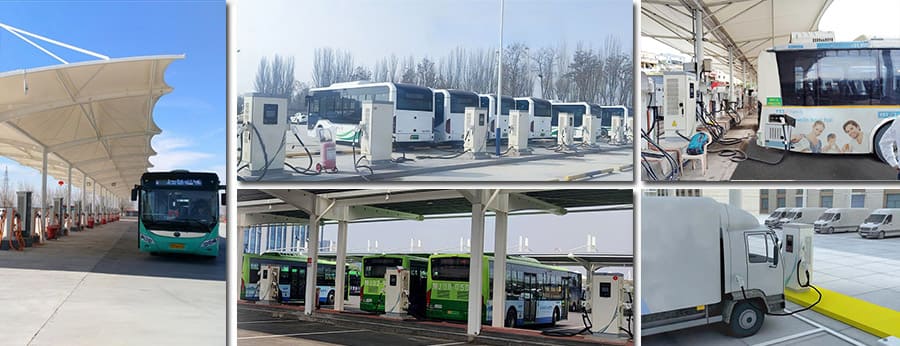
Cliquez pour voir plus de cas en haute définition
2. Solutions de recharge pour tous les emplacements commerciaux
Avec la popularité des véhicules électriques, de plus en plus de locaux commerciaux ont besoin d'un chargeur rapide DC. Par exemple, Bornes de recharge pour immeubles de bureaux, bornes de recharge pour véhicules électriques sur parking, bornes de recharge ev pour hôtels, borne de recharge pour centre commercial, chargeur de station service, etc.. Nous avons exporté dans plus de 40 pays et régions, dont la Thaïlande, Inde, Malaisie, Mexique, Allemagne, et la France.
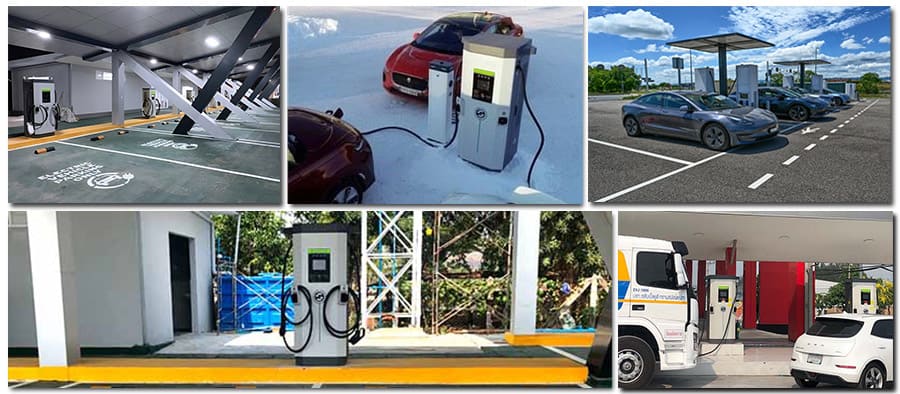
Cliquez pour voir plus de cas en haute définition
Important Knowledge of EV Charger
What is a dc fast charger? What level of charger is the DC fast?
Chargeur rapide CC, also known as DC fast charging station, is a kind of professional charging equipment that quickly replenishes electric energy for electric vehicles through DC. This charging method can directly transfer DC high-voltage electricity to the vehicle’s power battery through the charging port, providing charging service for the vehicle in a short time with a large DC current.
Usually DC fast charger is level 3 Chargeur de VE, usually with power ranges of 30kw, 60kW, 90kW, 120kW, 150kW, 180kW, and 200kw. En général, niveau 3 EV charger is a highly efficient, fast, and convenient way of charging for electric vehicles that need to replenish electrical energy quickly.
Why is dc charging faster than ac?
DC charging station generally use three-phase, four-wire AC power of 380V ±15%, which can provide more current and power, usually between 30kW and 200kW. AC charging station is generally under 7kW.
Deuxièmement, DC charging station adopts DC charging method. It has quickly converted AC power into DC power, which can be directly transmitted to the power battery. This way eliminates the slow process of converting AC power to DC power by the EV on-board charger.
How does a DC fast charger work?
The working principle of a DC fast charger is that it converts the input AC power into DC power through internal electronic devices (rectifier, inverter, etc.). The electric energy is then quickly delivered to the power battery of the electric vehicle through a high-power charging interface. De cette façon, the effect of fast charging can be achieved.
The AC charger is different. It only provides AC power to electric vehicles through sockets and cables. The electric vehicle charger then converts the alternating current into direct current for charging. Donc, the charging speed is very slow.
Spécifiquement, the workflow of the DC fast charger is as follows:
1. When an electric vehicle is connected to a DC fast charging station, the charger will first communicate with the vehicle to identify the vehicle’s charging needs and battery status.
2. The electronic device inside the fast charging station will convert the input AC power into DC power and adjust the output voltage and current according to the needs of the vehicle.
3. Direct current is delivered to the battery of the electric vehicle through a high-power charging interface to achieve fast charging.
4. When the battery is fully charged or reaches the predetermined charging level, the charger will automatically stop charging and notify the user that charging is complete.
During the entire charging process, the DC charging station will monitor the charging status of the battery in real time to ensure battery safety and charging efficiency.
How fast is dc fast charging?
The speed of DC fast charging station depends on a number of factors, including the size of the power battery capacity configured in the electric vehicle and the power of the charging pile. En général, DC fast charger can charge an electric vehicle to 80% of its capacity in 30 minutes, and it can be fully charged in about one hour.
I’ll use the Hyundai Kona electric vehicle 65 kWh as an example.
Charged at a level 2 charging station (7kW), the time for a full charge is about 9.29 heures.
Charging at TKT Level 3 charging station (180kW), the full charge time is about 22 minutes.
How many volts does a dc fast charger deliver?
DC fast charger can provide voltages that typically range from 150 volts to 1,000 volts. The exact voltage value depends on the characteristics of the EV battery and the charging speed required. Higher voltages increase charging speeds, but also require more complex equipment and higher costs. This EU-Compliant DC Fast Charger of ours is made of raw materials of high EU standards. Donc, it will all be more expensive than normal DC chargers.
Can all electric cars use DC fast chargers?
The vast majority of electric vehicles can use DC fast chargers, but older electric vehicles may only support AC charging. The exact charging speed of an electric vehicle also depends on how much DC fast charging power the battery management system of the electric vehicle supports.
Can you install a DC fast charger at home?
En général, Non. This is because DC fast charger is more powerful and require a professional installation team, commercial high voltage and related safety measures. En outre, its cost is relatively high. For home users, AC slow chargers or portable charging devices are generally recommended for charging.


